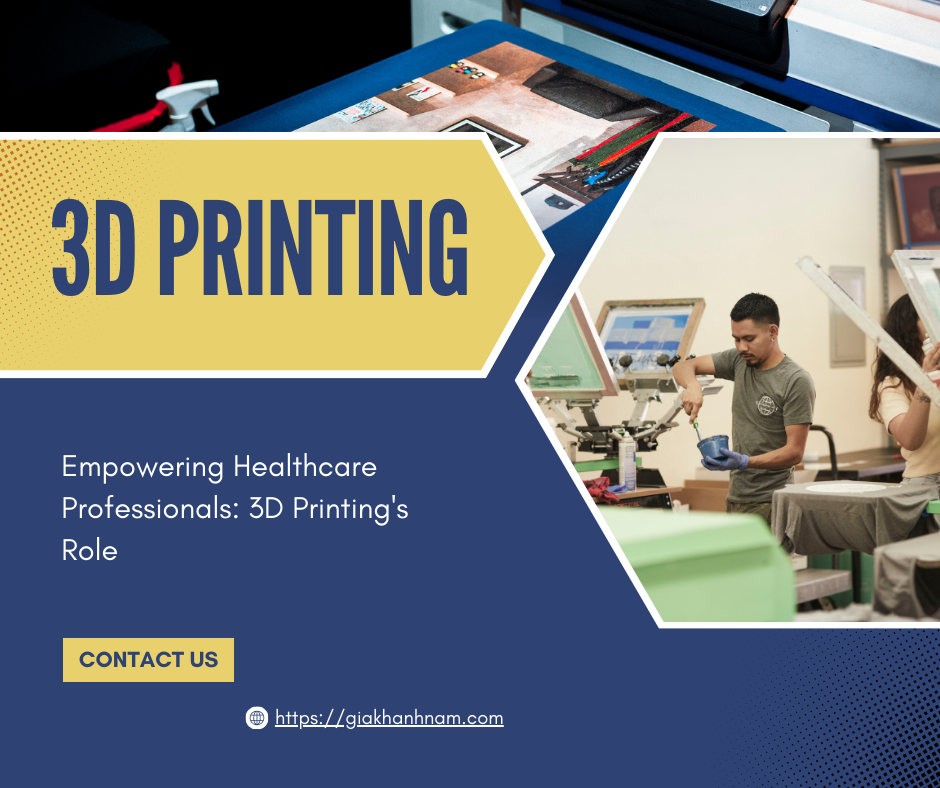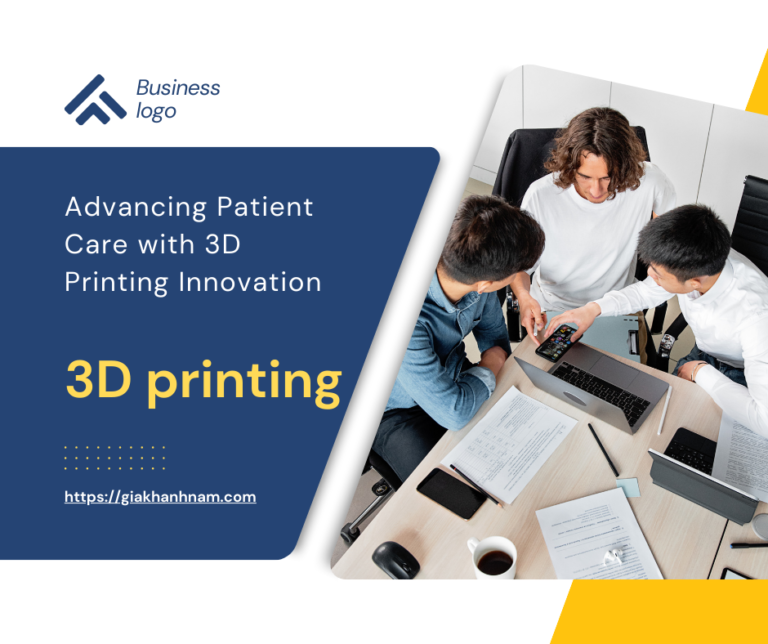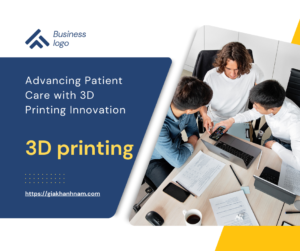In recent years, the healthcare industry has seen a remarkable transformation driven by technological advancements. Among these innovations, 3D printing has emerged as a game-changer, offering new possibilities and empowerment to healthcare professionals. This article explores the pivotal role of 3D printing in the healthcare sector and its impact on patient care, medical research, and cost-effectiveness.
Revolutionizing Patient Care
The application of 3D printing in healthcare is multifaceted, but one of its most significant contributions lies in personalized medicine. 3D printing enables the creation of patient-specific implants, prosthetics, and anatomical models. Surgeons can now pre-plan complex procedures with 3D-printed models of the patient’s anatomy, reducing surgery time and enhancing precision. This tailored approach not only improves patient outcomes but also reduces recovery time.
Furthermore, 3D printing has revolutionized the production of prosthetic limbs and orthopedic implants. Traditional manufacturing processes often result in ill-fitting or uncomfortable prosthetics. With 3D printing, prosthetics can be custom-designed to fit the individual’s unique anatomy, improving comfort and mobility for amputees.
Driving Medical Research
3D printing also plays a pivotal role in advancing medical research. Researchers can use this technology to create accurate replicas of organs and tissues for drug testing, disease modeling, and surgical practice. These 3D-printed models provide a safe and ethical alternative to animal testing, accelerating drug development and minimizing the use of animals in research.
Moreover, 3D bioprinting holds the promise of revolutionizing organ transplantation. Researchers are actively working on printing functional organs and tissues using a patient’s own cells, reducing the risk of rejection and eliminating the need for organ donors. This breakthrough could address the global organ shortage crisis and save countless lives.
Enhancing Cost-Effectiveness
Another significant advantage of 3D printing in healthcare is cost-effectiveness. Traditional manufacturing processes for medical devices and implants are often expensive and time-consuming. With 3D printing, the production process is streamlined, and prototypes can be rapidly developed and tested. This not only reduces production costs but also accelerates time-to-market for medical innovations.
Furthermore, 3D printing can provide cost-effective solutions in resource-constrained environments. Remote or underserved areas can benefit from on-site 3D printing of essential medical supplies, such as prosthetics, dental implants, and even low-cost customized hearing aids.
Challenges and Future Prospects
Despite its remarkable potential, 3D printing in healthcare faces several challenges, including regulatory hurdles, data security concerns, and the need for standardized processes. Ensuring the safety and efficacy of 3D-printed medical devices and implants is paramount.
In the future, as 3D printing technology continues to evolve, we can expect even more breakthroughs in healthcare. This includes the development of biocompatible materials, improved printing techniques, and the expansion of 3D printing into areas like pharmaceuticals, dentistry, and the creation of custom medications.
Overcoming Challenges and Ethical Considerations
As 3D printing in healthcare continues to grow, it’s important to address the challenges and ethical considerations that come with this technology. Ensuring patient privacy and data security is paramount, especially when dealing with personalized medical devices and patient-specific data. Healthcare professionals and researchers must adhere to strict ethical guidelines and regulations to protect patient information and maintain trust.
Additionally, regulatory bodies like the Food and Drug Administration (FDA) in the United States and their counterparts worldwide are continuously working to establish comprehensive guidelines for 3D-printed medical devices and implants. These regulations are essential to guarantee the safety and effectiveness of such products, while also maintaining industry standards.
The Human Element in Healthcare
While 3D printing has brought about significant advancements in healthcare, it’s important to emphasize that technology should complement, not replace, the human element in healthcare. Healthcare professionals, including doctors, nurses, and surgeons, provide essential care, empathy, and decision-making that cannot be replicated by machines. 3D printing should be seen as a tool that augments their capabilities, enabling them to provide even better care to patients.
Moreover, healthcare education is adapting to include training on 3D printing technology. Medical students and professionals are learning how to leverage 3D printing in their practice, further enhancing their skills and abilities.
Global Accessibility and Equity
As 3D printing technology becomes more widespread, it has the potential to bridge the gap in healthcare accessibility and equity. In remote or underserved regions, where access to medical supplies and equipment can be limited, on-site 3D printing can provide essential medical solutions, improving the quality of healthcare in these areas.
Furthermore, 3D printing can facilitate international collaborations and knowledge sharing in healthcare. Researchers and healthcare professionals from around the world can work together to develop and share 3D-printed medical solutions, ultimately benefiting patients on a global scale.





















+ There are no comments
Add yours